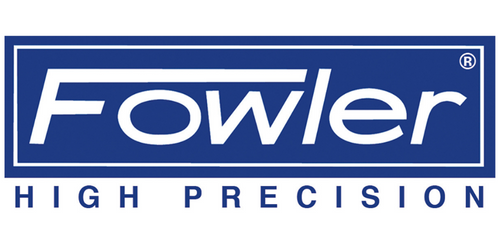As a business leader, are you running an enterprise with a high employee turnover? Does the high employee turnover affect the maintenance and recalibration of your in-house equipment? Routine repairs and recalibration of equipment are vital when running an enterprise to keep the production line rolling with no downtime while producing quality products.
Having machines down due to maintenance during high turnover can lead to missed deadlines, which can negatively impact the bottom line of your operation.
Routine maintenance and repairs optimize performance and prolong equipment lifespan while helping to achieve cost saving benefits. Calibration achieves precision measurement and metrological traceability and meets ISO 9000 requirements.
This article provides is a guide to how business leaders can ‘turnover-proof’ the repair and recalibration processes to keep their equipment in good condition during high turnover.
This article provides a guide to how business leaders can ‘turnover-proof’ the repair and recalibration processes to keep their equipment in good condition during high turnover.
1. Following Equipment Manuals and Operation Protocols
Every piece of equipment in the manufacturing process serves a specific application. The repeated use and performing procedures out of an equipment range and capability take a toll on the equipment’s condition. Employees should always refer to the equipment manuals or guides to avoid misuse of equipment. From the manuals, they can learn the equipment capacities and features.
Production managers should ensure that employees follow equipment operating protocols and guidelines. They should also ensure that the process and procedure fall into the scope and function of the equipment. Failure to follow guidelines can void the manufacturer’s warranty.
2. Scheduling Maintenance Based on Usage
Some equipment service manuals need the operator to conduct repairs or calibrations on a time-based schedule. However, waiting for the specified time interferes with production during high turnover. With routine scheduling of maintenance based on usage, the tasks are less likely to be overlooked or forgotten in favor of meeting production deadlines. When running a machine eight hours a day, consider scheduling maintenance every six months. However, when running three-shift operations daily, you should schedule maintenance every three months.
3. Evaluating Equipment Performance
Regular equipment evaluation detects hardware and software issues in advance and helps to keep the machine running at optimal performance. Efficient and effective equipment in the production line produces quality results.
Here are metrics to evaluate your equipment performance during high turnover;
- Turnaround Time: Tracking your equipment turnaround time helps gauge if it’s running optimally
- Equipment Failures and Interval Analysis: It’s vital to prepare and forecast for equipment failure and have backup equipment by conducting an interval analysis
- Uncertainty Analysis: During high turnover, it’s essential to develop a quantified estimate of uncertainty to measure your process’s reliability and confidence
4. Investing in Operator Training
Large pieces of machinery have more than one operator, which exposes them to wear and tear during high turnover. To extend your equipment lifespan, you must invest in continuous operator training as employees to avoid a potential breakdown as skills get rusty. New operators should train with the latest manual version of the equipment.
5. Employee Accountability
Assign preventative maintenance tasks to a dedicated maintenance personnel for comprehensive follow-through actions. This person should be held accountable for maintenance operations and scheduling repairs and should develop weekly or monthly maintenance schedules. Implementing sign off the sheets attached to each piece of equipment after repair or recalibration will help to manage these tasks.
6. The Role of Management
Failing to schedule preventive maintenance by implementing routine maintenance and calibration services can be a costly mistake. It drives up maintenance costs while sending the wrong message to employees. Always schedule maintenance during off hours to avoid costly repairs and machine downtime during high turnover.
7. Timely Repairs and Recalibration by Qualified Professional
It’s essential to seek the services of a qualified and certified professional. They will help with repairs and recalibration after spotting the root cause of an equipment malfunction. Engaging professionals early can keep your equipment running and optimize production. An in-house maintenance crew is expensive to keep during high turnover, so third-party service providers come in handy at a fraction of the cost.
Third-party service providers have specialized skills to repair and calibrate your equipment. The professionals can repair and recalibrate complex, sophisticated, state-of-the-art equipment.
Do you want to overcome repair and recalibration challenges and extend your equipment lifespan? Do you want to adopt state-of-the-art precise measurement equipment? We have custom measuring solutions to suit your diverse industry needs.
Contact or connect with us on YouTube, Facebook, Twitter, or LinkedIn. Our agile team is on standby.

